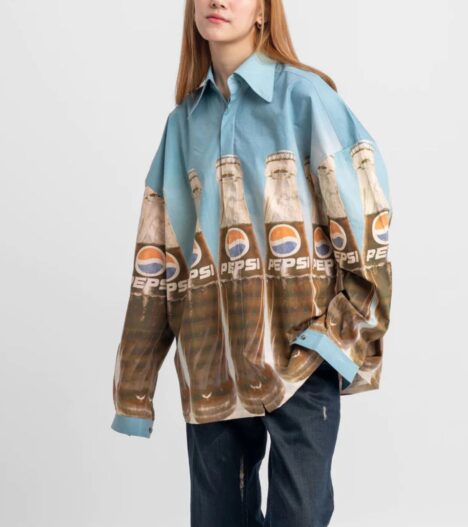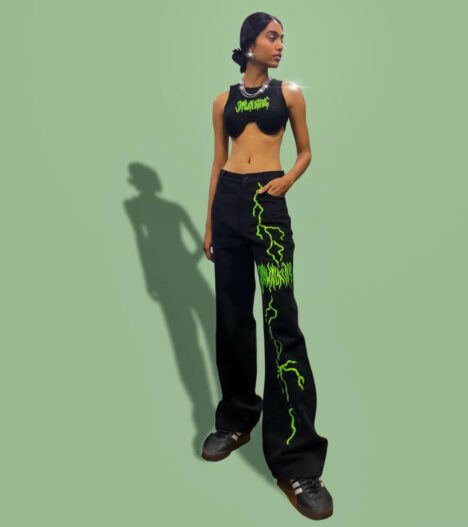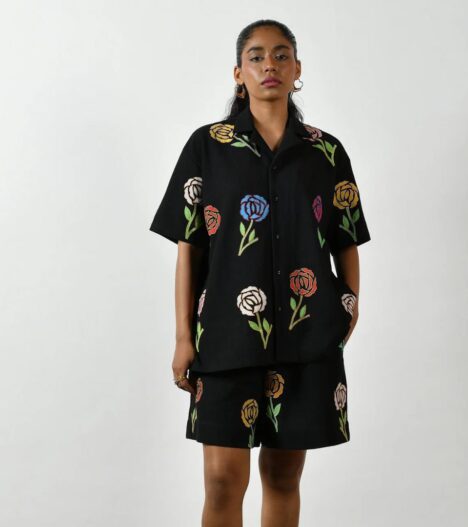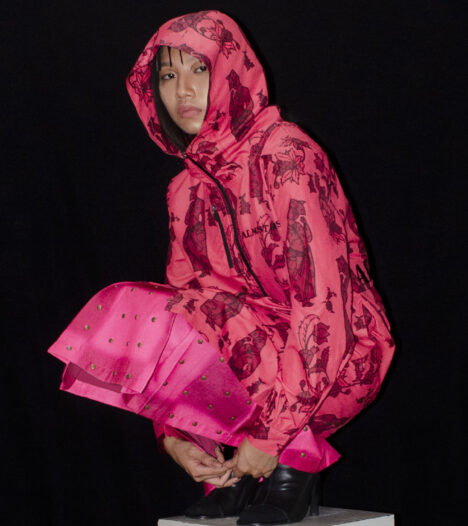What’s the first thing that comes to your mind when you hear the word ‘street style’? Is it ripped jeans? Hoodies? Shoes from Supreme’s latest drop? Street style’s appeal lies in the fact that it represents different things to different people, but the thread of similarity binding it together are pinnacles of freedom, individuality and youth subcultures. In 2023, street-style is as much a state of mind as it is a state of fashion – no longer restricted to Vogue photo albums published online during fashion month starring models, influencers and celebrities sashaying to the **insert show** in an edgy outfit that turns heads.
But forget the streets of New York, London, Paris and Milan for a second – what does streetwear look like for an 18-year boy in Thane, Mumbai who is in the throes of discovering his personal style? Or for that 25-year-old sneaker-head living in Bangalore who religiously follows Hypebeast but doesn’t have that kind of access to popular brands such as BAPE, Yeezy, Off White or Stussy? A few years ago there would be little to no options for this set of consumers within the country’s borders, but today the landscape is a lot more promising. A crop of homegrown brands such as Almost Gods, Dhruv Kapoor, Jaywalking, Huemn, Capsul and NorBlack NorWhite are stepping up to cater to this segment. Having one of the largest youth populations in the world that is only set to increase - India’s Gen Z and millennial population is expected to reach 50% by 2030 - it’s only natural that the demand for street-style fashion is set to skyrocket from here on.
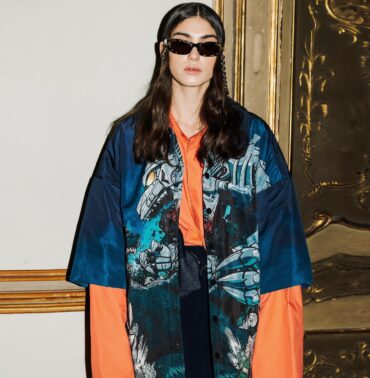
“The streetwear market is very nascent in India. It is still a year or two away from exploding, the way sneakers have. Over the past couple of years, we have seen over a 100 brands start up in this domain. Expressing your art on sleeves has never been easier; the best part is that the Indian consumer has embraced this sort of fashion with open arms'', says Bhavisha Dave, co-founder of Capsul, one of India’s first multi-brand streetwear retailer established in 2018 that stocks every ubercool designer under the sun. Dave, along with her business partner Meenakshi, are ex-members of PUMA marketing team who noticed increasing interest in streetwear culture’s ethos by youth collectives around the country. They pooled their extensive knowledge, relevance and experience within the domain to build their own business from the ground up – testing the market as they went and representing the niche intersection between sports, music and fashion.
In addition to being a melting pot of cultures, what differentiates India’s streetwear presence to its Western counterparts is the way it’s been adapted. The concept of street style is very much foreign – igniting images of a cis male in head-to-toe Off white walking on the streets of some European country. However, Indian creatives have taken the essence of this far-flung, ‘foreign’ spectrum of fashion and given it their own spin by working with local talent – think bomber jackets fused with local textiles, sweatshirts splashed with some irreverent tie and dye and handcrafted shirts with embroidered sequins that took someone 200 hours to bring to life.
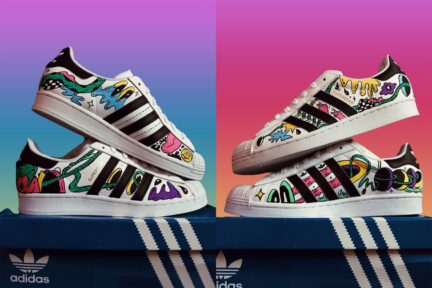
“Graffiti artists like Left Hander, bboys like Andy Stylo and sneaker customization artists like Che have their own incredible labels which have received a lot of love and appreciation. Gen Z and younger millennials in India are increasingly dropping their own merch. Artists like Yash Pradhan have collaborated with giants like Adidas to bring amazing drops to life, not just in India but at global levels in partnership with football giants like Real Madrid & Juventus”, says Dave.
Other drivers that elevate India’s street-style in comparison to its global counterparts is the intricate patchwork of silhouettes and textiles that makes each purchase a distinct one. Rest assured, there are no ‘dupes’ or questionable copies to be found for a hoodie concocted out of an upcycled Banarasi sari - this is a one-off piece designed to make a statement.
“Asia, in general, has a lot of street-style to offer. Forget sweatpants, even lungis, blouses, saris and ganjis count as street-style fashion but haven't been explored as much. By contemporarizing Indian textiles or silhouettes, we can reach a wider audience because the world treasures our beauty more than we do our own. For example, think about how the South-Indian Madras checks went global when the British East Indian Company stumbled upon the impressive fabric and decided to trade it”, says Jayeta Rohilla, founder of Delhi-based Mae that describes itself as an indie clothing label synergising diversity. And how does it do that? By giving us sequinned fuschia pink bomber jackets fit to wear to an Indian wedding and bright orange puffer jackets interspersed with embroidered silk patches that will set you apart from the sea of black ski suits on the slopes.
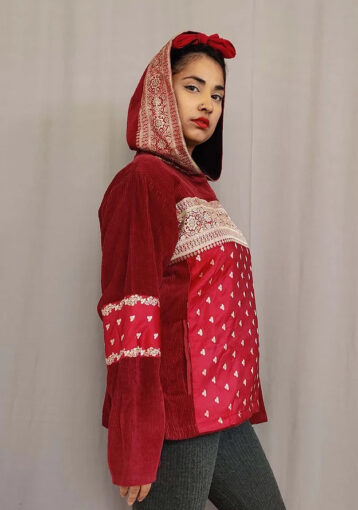
Safe to say, these are exciting times to venture into the street-style game - be it as a designer or a consumer.
